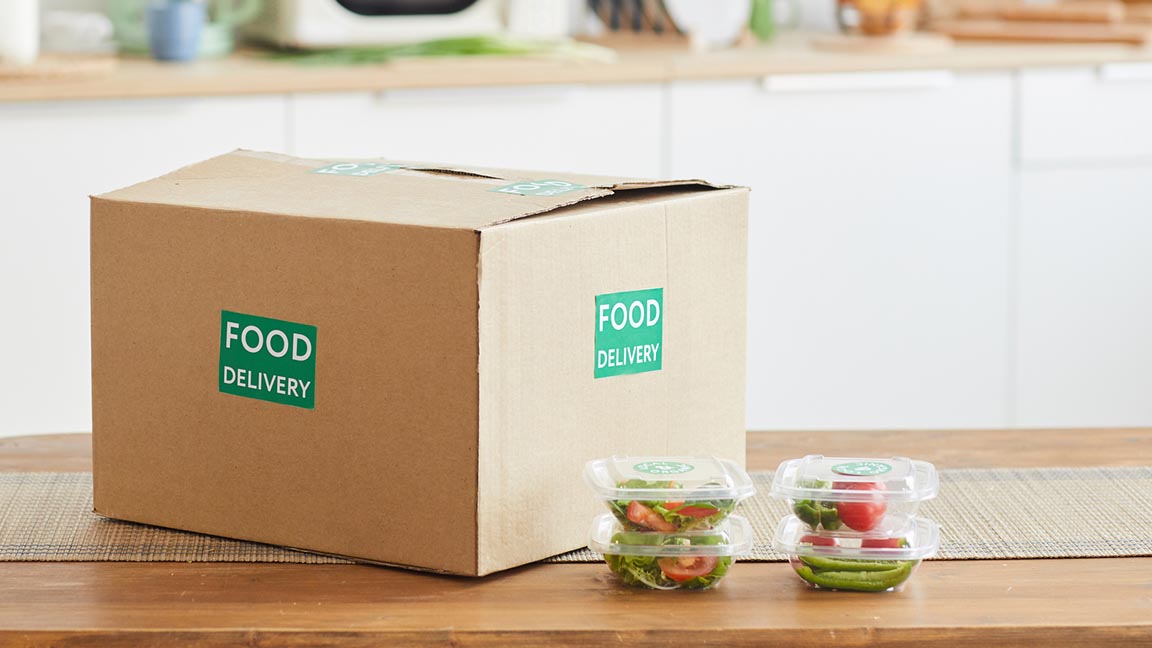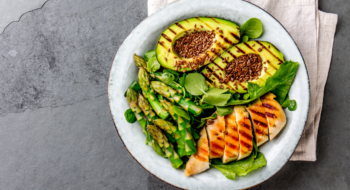Not much of a cook? Routinely tempted to dine out rather than prepare a meal at home? Another option may be a subscription service that will send prepared meals on a regular basis straight to your door.
Unlike meal kit delivery services, which give you ingredients and provide instructions for you to put them together, prepared meal services skip to the end, sending you completed meals on regular intervals that are tailored to your tastes and dietary needs. Many companies now specialize in providing fresh, healthy means with organic ingredients and options to meet the needs of dairy-free, gluten-free, keto-friendly, vegetarian, vegan and other diets.
“It can certainly be a great tool for people when they’re low on time or struggle to cook meals themselves at home,” says Hope Brinkmann, a registered dietitian at Tidelands Health.
Like their meal kit counterparts, prepared meal delivery services have their pros and cons.
Cons
Let’s get the cons out of the way first.
Cost. Meal deliveries can be relatively expensive, typically ranging about $10 per serving, depending on the types of meals you purchase and the frequency/subscription plan. That’s more than many people typically spend at the grocery store for a meal, but less than most non-fast-food restaurant meals.
When considering cost, be sure to consider whether you’ll need to supplement these meals with other foods to meet your nutritional needs (more on that below).
Terminology. “Prepared” meals show up already cooked and may need warming in the microwave or oven. By contrast, “oven-ready” meals come assembled but need to be cooked. Be sure to pay attention to which one you’re ordering.
Pros
Now, the pros.
Portion Size. Many of these services offer meals for one, making them ideal for people who want to avoid leftovers, limit their portion sizes or avoid wasting food. They can also be ideal for people who find it difficult to get to the grocery store.
However, at the same time, depending on your nutritional needs, the portion sizes can be small, which may leave you tempted to eat other food after your meal. Be sure to factor the need to supplement with other food when considering the cost of a subscription service.
Enjoying this story? It’s free to republish. Learn more.
New Experiences. Want to try a different type of diet or food, but worried about doing it right? You can order meals from one of the services to try it out before diving in with both feet.
Eating at Home: If you have a microwave or a regular oven, you’re ready to receive one of these meals. Often, but not in every case, these meals are prepared with an eye toward avoiding the heavy doses of salt often found in restaurant or frozen food. They also tend to limit preservatives, but be sure to pay attention to the ingredients and nutritional facts when ordering.
An option to consider
In the end, meal delivery services can be a good way to try new, healthy foods, particularly for people who struggle to find the time to cook at home or are still building their culinary skills.
“It’s an approach that can help people feel more confident with new foods,” Brinkmann says. “They can break out of a dietary rut.”





